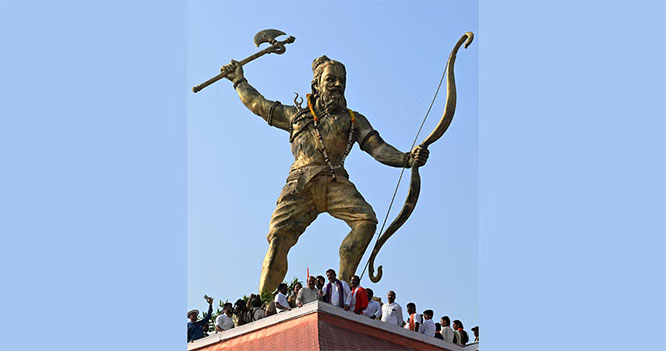
The booming market for digital devices has flooded us with plenty of options to choose from, for various purposes ranging from entertainment to educational and professional uses. Mobile phones, tablets, laptops and video gaming devices have come to play an important part in our daily lives, however, they have also impacted our lifestyles, resulting in some new types of health issues. One of the most common results of the improper/excessive use of digital devices has been an unpleasant eye condition called ‘digital eye strain’.
What is digital eye strain?
Digital eye strain results from spending long hours on digital devices. Common symptoms include watering, itching, stinging or burning sensation, with tired and achy eyes. Sometimes there may be blurring of vision and headache after intense use of digital devices.
Until recently, this condition was commonly seen among IT professionals. But lately, we see many children as young as 4-5 years old being brought to the Ophthalmologist, with digital eye strain.
What has changed for these children? With the shifting of schools to online learning due to the current pandemic, children now spend longer durations with gadgets. It is important that we teach our children on ways to use digital devices without straining their eyes.
Dos and Don’ts for children while using digital devices for long durations
1. Make sure that they sit in well-lit rooms.
2. The device must have a large screen. Avoid small screens like mobile phones or tablets.
3. The screen should be about 40-50 cm from the eyes with a tilt of 10-20 degree and just below the eye level for comfortable viewing.
4. Encourage them to take a break from the screen every 20 minutes or so, and look at some far off object about 20 feet away for 20 seconds before resuming work on the screen. This is called 20-20-20 rule which gives much needed relief for the muscles of the eyes.
5. Use break times to rest and relax the eye. Avoid using digital devices during breaks.
6. Encourage them to blink more often. The blink rate of eyes comes down to about 3-4 from a normal blink rate of 12-15, as one works on the screen for long periods. This hampers the spreading of tear-film, causing dry patches and discomfort in the eyes.
7. For any online extracurricular activities, it’s a good idea to cast it on television which has a bigger screen and can be viewed from far off distance without strain on the eyes.
8. Avoid screen-related activities about 1-2 hours prior to bedtime.
When to consult a doctor
Following the tips outlined above will go a long way in avoiding digital eye strain, especially in young eyes. In spite of all these precautions, it’s not unusual for the child to complain of redness, watering, itching, blurring, headache and in severe cases, even squinting of eyes.
In any of the aforementioned cases, immediate consultation must be sought from a qualified Specialist Ophthalmologist who will thoroughly evaluate their eyes and give appropriate treatment. It’s not unusual for the ophthalmologist to detect refractive problems or squint in eyes which the child and parents may not be aware of.
The only connect for our children with the outside world in these challenging times is through these digital devices! Let us not chide them for using these devices, but teach them the proper way of utilizing them for their benefit!
Dr Nandini Sankaranarayanan is a Specialist Ophthalmologist at Thumbay Medical and Dental Specialty Centre, Sharjah.







Comments
Add new comment